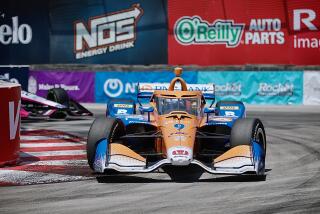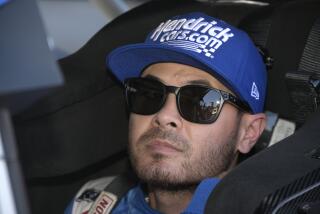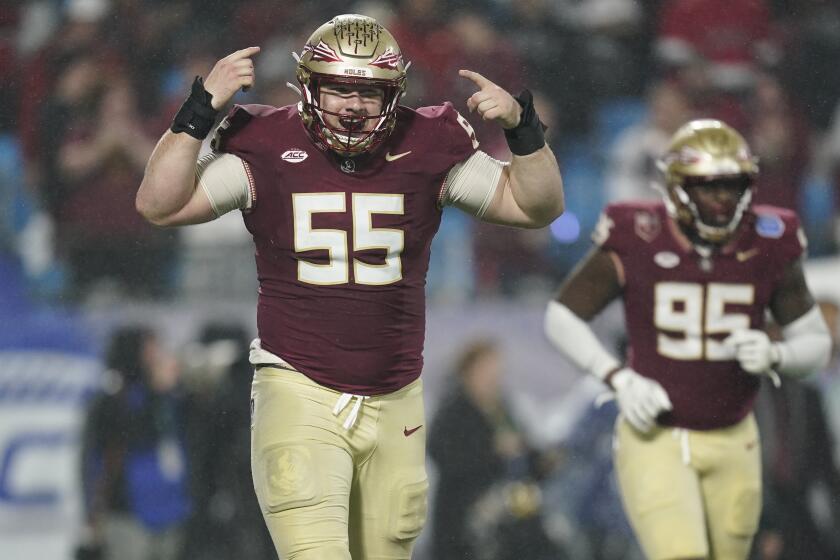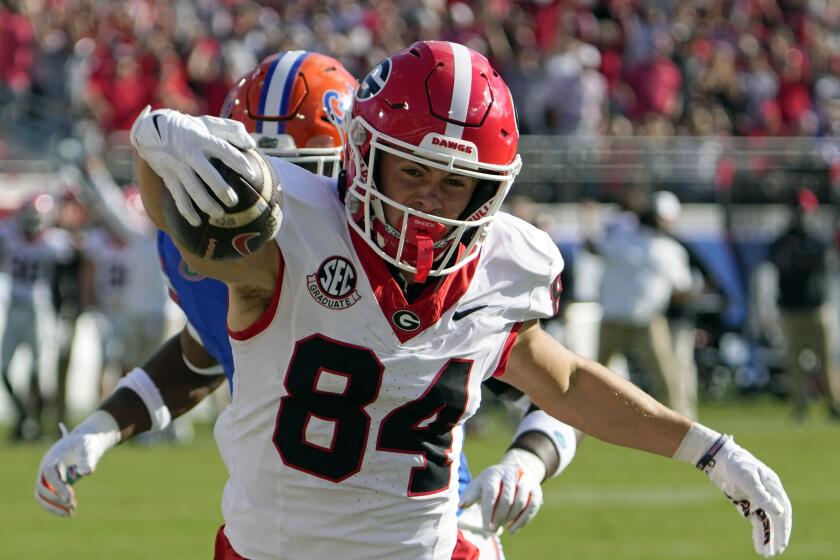The history of the Indianapolis 500
1909: Street paving bricks — 3.2 million of them — are laid over the entire 21/2 -mile track.
1911: Ray Harroun and his Marmon Wasp win the first 500 in 6 hours 42 minutes.
1912: Ralph DePalma leads 196 of the first 198 laps and is ahead by 51/2 laps when his car breaks down.
1917-18: No race because of World War I.
1919: Howdy Wilcox is the first driver to qualify at more than 100 mph.
1925: Peter DePaolo needs 21 laps of relief to have his blistered hands bandaged, but he gets back in the car and wins the race.
1930: Billy Arnold leads 198 laps, finishes five laps in front and is the first to average more than 100 mph.
1936: Louis Meyer is the first three-time winner; the Borg-Warner Trophy is introduced.
1939: George Bailey is the first to qualify a car that has its engine behind the driver.
1940: Wilbur Shaw is the first driver to win back-to-back 500s.
1941: Mauri Rose, his own car forced out, replaces teammate Floyd Davis and races to a victory — they are named co-winners.
1942-45: No race because of World War II.
1946: The Indy 500 is back — with Tony Hulman as the new owner of the Speedway.
1948: Billy Devore qualifies a car with six wheels, but it is black-flagged after 190 laps.
1961: The bricks on the main straightaway are covered with asphalt, leaving only a three-foot section of brick at the start-finish line.
1965: Jim Clark leads 190 laps and gives a rear-engine car its first victory; only methanol fuel is permitted; first “Wide World of Sports” taped coverage on ABC.
1967: The turbine-powered “whooshmobile” driven by Parnelli Jones leads all but 25 of the first 196 laps before quietly coasting to a stop on the track.
1970: The race has its first $1-million purse ($1,000,002); winner Al Unser Sr. gets $271,698.
1977: A.J. Foyt becomes the first four-time winner; Janet Guthrie is the first female to qualify for the race.
1979: USAC tries to keep top CART teams from entering, but a court injunction lets CART back in; Penske Racing’s Rick Mears wins the first of his four 500s.
1987: Al Unser Sr.’s fourth win comes in a car that had been a show car.
1989: Emerson Fittipaldi is the first winner to get more than $1 million ($1,001,604).
1991: Willy T. Ribbs is the first African-American to qualify for the race.
1992: Al Unser Jr. wins by just .043 of a second over Scott Goodyear — the closest finish ever.
1996: The CART-IRL split results in many top teams not competing at Indy.
2000: Chip Ganassi Racing breaks from CART and competes at Indy — and Juan Pablo Montoya wins. It is Montoya’s first — and, until now, last — Indy start.
2001: Penske Racing and Team Green join the CART return to Indy, and CART drivers take the top six spots.
2005: Danica Patrick becomes the first female to lead the race.
2009: Helio Castroneves’ third win is the first to pay more than $3 million ($3,048,005).
Sources include the 2011 Indianapolis 500 Media Guide.
Compiled by Paul Reinhard, Allentown Morning Call
More to Read
Get our high school sports newsletter
Prep Rally is devoted to the SoCal high school sports experience, bringing you scores, stories and a behind-the-scenes look at what makes prep sports so popular.
You may occasionally receive promotional content from the Los Angeles Times.






